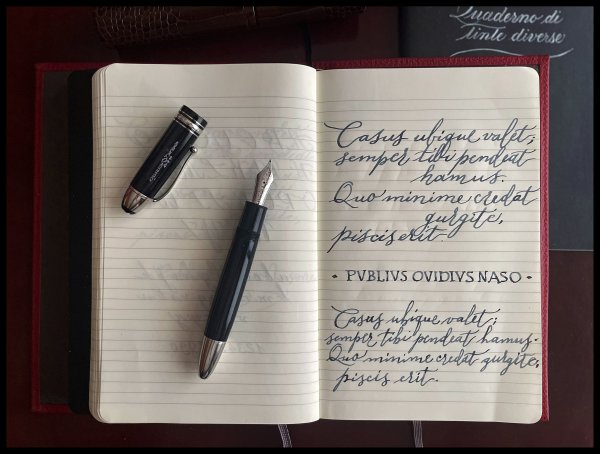Rotring Tintenkuli Stylographs
-
Forum Statistics
354.2k
Total Topics4.6m
Total Posts -
Member Statistics
127,189
Total Members2,585
Most OnlineNewest Member
NoChemistry4U
Joined -
Images
-
Albums
-
Icones Pupulinianae V
- By fpupulin,
- 0
- 5
- 79
-
Dan Carmell
- By Dan Carmell,
- 0
- 0
- 70
-
European pens
- By A Smug Dill,
- 12
- 36
-
USG 5
- By USG,
- 0
- 0
- 47
-
Ink testing pages
- By Penguincollector,
- 0
- 0
- 92
-


.jpg.3130a548ddc302bb5393d62c23514688.jpg)









.jpg.e1fc110e25d83c239433a6d7a6e7cf75.jpg)





.thumb.jpg.f07fa8de82f3c2bce9737ae64fbca314.jpg)



.thumb.jpg.331e554113c33fb39d5bf3233878978a.jpg)





Recommended Posts
Create an account or sign in to comment
You need to be a member in order to leave a comment
Create an account
Sign up for a new account in our community. It's easy!
Register a new accountSign in
Already have an account? Sign in here.
Sign In Now